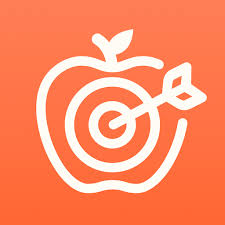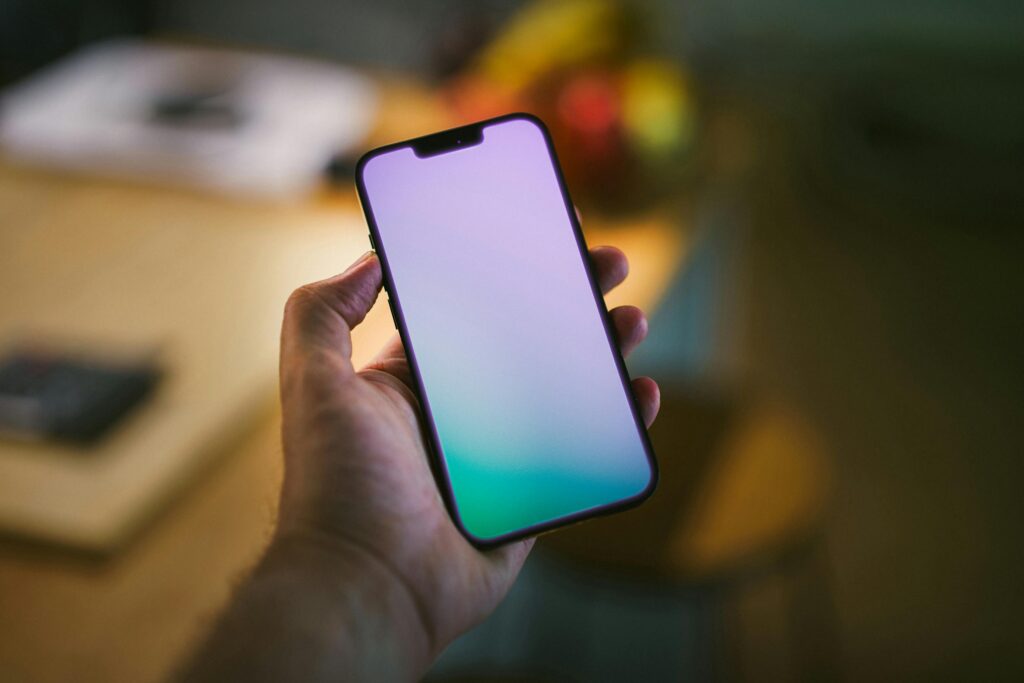If you’re trying to get healthier, lose weight, or just eat better, you’ve probably heard of Cronometer. It’s one of the more detailed nutrition tracking apps out there. But is it actually accurate? Can you trust the numbers it gives you for calories, nutrients, and more? Let’s break it down in a simple, no-jargon way so you can decide if it’s the right tool for you.
What Makes a Nutrition App “Accurate”?
Before we get into Cronometer specifically, let’s define what we mean by accuracy. When we talk about an app being accurate, we’re usually referring to three main things:
- The reliability of its food database
- The way it calculates and tracks your intake
- How it handles user-generated content and custom entries
Accuracy doesn’t just mean having the right numbers for calories. It also includes vitamins, minerals, and how closely the app matches your real-world consumption.

A Closer Look at Cronometer’s Core Features
Cronometer is a nutrition tracking app designed to give you a detailed look at your food intake. While many apps stick to counting calories and macros, Cronometer goes several steps further. It’s especially popular among people who want to track micronutrients, follow specific diets, or manage their health in a more informed way.
| Feature | How It Works |
| Detailed nutrient tracking | Tracks 80+ micronutrients, including vitamins, minerals, amino acids, and more |
| Verified food database | Uses reliable data sources like USDA and NCCDB |
| Custom recipes and foods | Lets you create and log meals with exact ingredients and portions |
| Barcode scanning | Quickly adds packaged foods using your phone’s camera |
| Fitness tracker syncing | Works with Fitbit, Garmin, Apple Health, and others |
| Mobile and desktop access | Syncs data across all devices for seamless tracking |
| Gold version perks | Adds features like custom reports, nutrient trends, and fasting timers |
Whether you’re aiming to hit specific macros, watch your micronutrients, or just understand your eating habits better, Cronometer is built to give you more data than most apps on the market.

Inside Cronometer’s Tracking System
Verified Food Data and Nutrient Coverage
Cronometer is designed for users who want more than basic calorie counting. Unlike many apps that stop at protein, carbs, and fats, Cronometer gives you access to a full breakdown of 84 micronutrients, macronutrient ratios, and detailed amino acid profiles.
Its data sources include:
- USDA (United States Department of Agriculture)
- NCCDB (Nutrition Coordinating Center Database)
- ESHA (a commercial database used in clinical settings)
- CRDB (Cronometer’s own curated database)
These sources are considered industry standards. Cronometer’s food data is vetted before being made public, which helps maintain a high level of accuracy compared to platforms that rely heavily on user entries.
Custom Foods and Recipes
Cronometer lets you create and reuse custom foods and recipes, which is helpful if you regularly eat homemade meals. Key points to know:
- You can manually enter ingredients, portions, and preparation methods
- Saved recipes can be added to your daily diary with one tap
- Accuracy depends entirely on your input – if you guess quantities, your data will be off
Pro tip: Weighing your ingredients before cooking improves the accuracy of your entries significantly.
Micronutrient Tracking
Micronutrient tracking is where Cronometer really flexes its muscles. You’ll get real-time feedback on your intake of vitamins like A, C, D, E, K, and B-complex; minerals such as magnesium, calcium, iron, selenium, and zinc; and essential fatty acids and amino acids.
This level of detail is especially valuable for vegetarians, vegans, individuals with health concerns like anemia, and anyone on restrictive or medical diets.

User Experience and Layout Limitations
Meal Timing and Food Grouping
In the free version, Cronometer shows all food entries in one long, uninterrupted list. This design can make it harder to get a sense of what you ate and when. For example, your breakfast, lunch, dinner, and snacks will all appear together, making it difficult to evaluate your nutrient timing or meal structure.
Upgrading to Cronometer Gold solves this issue by introducing diary groups. With these, you can categorize foods under specific meals like breakfast, lunch, dinner, and snacks. You’ll also be able to timestamp each entry, giving you better insights into when you’re consuming calories and nutrients throughout the day. This feature is especially helpful for athletes who care about nutrient timing around workouts, or for anyone working to cut down on nighttime snacking.
Ease of Use vs. Information Overload
Cronometer’s dashboard is sleek and full of helpful insights, but it can be a lot to take in at first. On one hand, the app offers clear, color-coded summaries that help you identify nutrient gaps or excesses at a glance. You’ll also get simple graphs showing progress over time and how your intake aligns with daily goals.
However, for beginners or people not familiar with nutrition science, all that information can feel overwhelming. It’s easy to get lost in charts, numbers, and tabs you don’t fully understand yet. If you’re not ready for that level of detail, it may take some time to feel comfortable navigating the app.
Tip: Start by focusing on just a few key metrics that align with your current goals, such as calories, protein, and fiber. As you become more confident, you can explore the rest of what Cronometer has to offer without getting lost in the data.
How Accurate Is Cronometer in Real-World Use?
Cronometer isn’t just built on good data sources – it performs well in real-world conditions too. While no app is perfect, Cronometer tends to come very close to reality when users log accurately.
What Improves Accuracy?
- Weighing your food: Using a kitchen scale takes out the guesswork and ensures you’re logging true amounts.
- Choosing verified foods over custom entries: Verified entries are based on trusted data sources, while user-added ones might be inconsistent.
- Logging consistently throughout the day: The more detailed and frequent your logging, the better your results will reflect your actual intake.
Where Inaccuracy Can Creep In
- Estimating portion sizes: Eyeballing food can lead to major inaccuracies, especially with calorie-dense items.
- Forgetting to log small items: Sauces, oils, cream in coffee – they add up quickly if overlooked.
- Using unverified user entries: Some may be incomplete or flat-out wrong, especially for brand-name or restaurant items.
In general, Cronometer can get you within 10 to 20 percent of your actual intake when used properly. That margin is narrower than most apps on the market, making it one of the more dependable tools out there for nutrition tracking.

Is Cronometer Right for You?
When Cronometer Makes Sense
Cronometer is a powerful tool, but like any app, it works best when matched with the right kind of user. Here’s how to tell if it’s a good fit for your needs:
If you follow a detailed meal plan, Cronometer makes it easier to stay on track. Whether you’re prepping meals for performance, weight management, or medical reasons, its in-depth nutrient tracking ensures nothing slips through the cracks.
It’s also a smart choice if you need to manage micronutrient intake. For those working on correcting deficiencies, improving bone health, or managing conditions like anemia, the app’s robust micronutrient tracking can be a game changer.
If you work with a coach or dietitian, Cronometer makes data sharing easy and accurate, giving professionals the info they need to guide you more effectively.
When Cronometer Might Not Be the Best Fit
And if you love data and want insights, Cronometer delivers. You’ll get access to long-term trends, detailed reports, and nutrient breakdowns that help you make more informed decisions.
However, Cronometer isn’t right for everyone. If you tend to obsess over logging or find detailed tracking stressful, this level of detail might do more harm than good.
It may also be a bit much if you’re brand new to nutrition. Beginners can feel overwhelmed by all the information. A simpler app could help you build consistent habits before diving into deeper tracking.
Finally, if you prefer intuitive eating and less structure, Cronometer might not align with your approach. Its data-heavy design may clash with a more mindful, untracked eating style.

ReciMe: A Smarter Alternative to Traditional Nutrition Tracker
We built ReciMe because we realized most nutrition apps weren’t designed for people who actually cook at home. While apps like Cronometer are incredibly detailed, they often focus on tracking individual ingredients or packaged foods. But let’s be honest – if you live a healthy lifestyle and make meals from scratch, you need something more practical and less time-consuming.
That’s where ReciMe stands out. Unlike traditional calorie counters, ReciMe calculates the nutrition of entire recipes. Whether you’re whipping up your favorite stir-fry or a new TikTok recipe, we help you understand the actual nutritional value of what’s on your plate – all in one tap.
Why is that important? Because not all foods sold in stores are good for your health, even if they’re easy to log. Home-cooked meals give you control over ingredients, portions, and cooking methods – and we give you the tools to analyze them.
Why ReciMe Works Better for Healthy Home Cooking
- Instantly calculate calories, protein, carbs, and fats for any recipe
- Import recipes from anywhere – Instagram, Pinterest or blogs
- Organize meals into cookbooks and meal plans for the week
- Create smart grocery lists based on your saved recipes
- Sync across all your devices – from phone to tablet to desktop
Whether you’re trying to eat better, waste less, or just stay organized, ReciMe helps you keep your health goals on track without the overwhelm.
If you love cooking and want to understand what you’re eating without micromanaging every bite, give ReciMe a try. It’s the nutrition tool designed for home cooks.
Just try it – you’ll love it:


Conclusion
If you’re serious about tracking your nutrition with detail and accuracy, Cronometer is a good tool out there. It goes far beyond basic calorie counting, giving you a full picture of your micronutrient intake and helping you make informed food choices. The app’s accuracy is solid when used properly, especially if you’re consistent and careful with entries.
But it’s not for everyone. If you’re looking for simplicity, or if tracking food tends to stress you out, Cronometer’s depth may feel like overkill. Still, for data-driven users, athletes, people with specific health goals, or those working with a dietitian, it’s a game-changer.
FAQs
Do I need to pay to get useful features?
Not necessarily. The free version offers plenty of value, but Cronometer Gold unlocks advanced features like diary groups, nutrient trends, and fasting timers that serious users may appreciate.
Is Cronometer good for beginners?
It depends. If you’re brand new to nutrition tracking, the level of detail might feel overwhelming. Starting with a simpler app first could help ease you in.
Can Cronometer adjust my calorie goals automatically?
No. Unlike some apps, Cronometer doesn’t auto-adjust based on your weight changes. You’ll need to update your settings manually.
Does Cronometer work with fitness trackers?
Yes. It integrates with devices like Fitbit, Garmin, and Apple Health to sync your activity data with your food tracking.
Is it helpful if I cook most of my meals at home?
Yes, but even better if paired with something like ReciMe, which calculates nutrition from entire recipes. That way, you get a more accurate picture of what you’re really eating when cooking from scratch.
